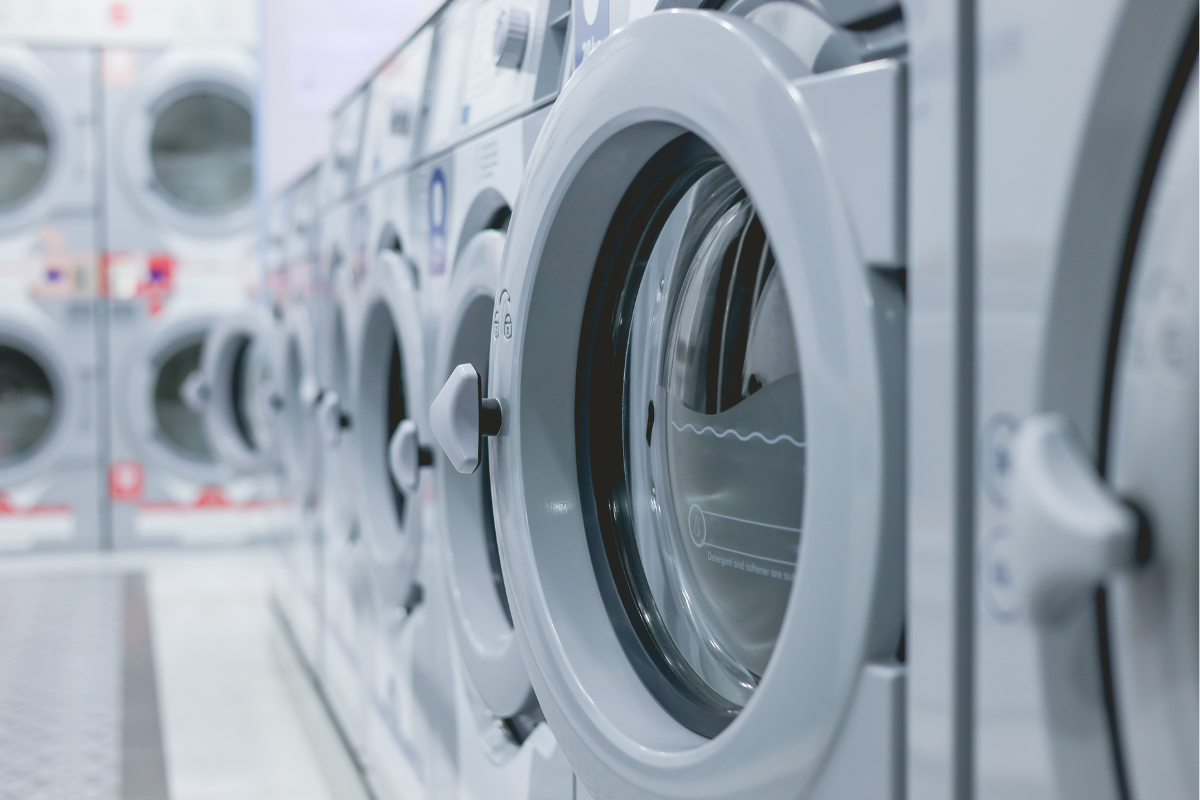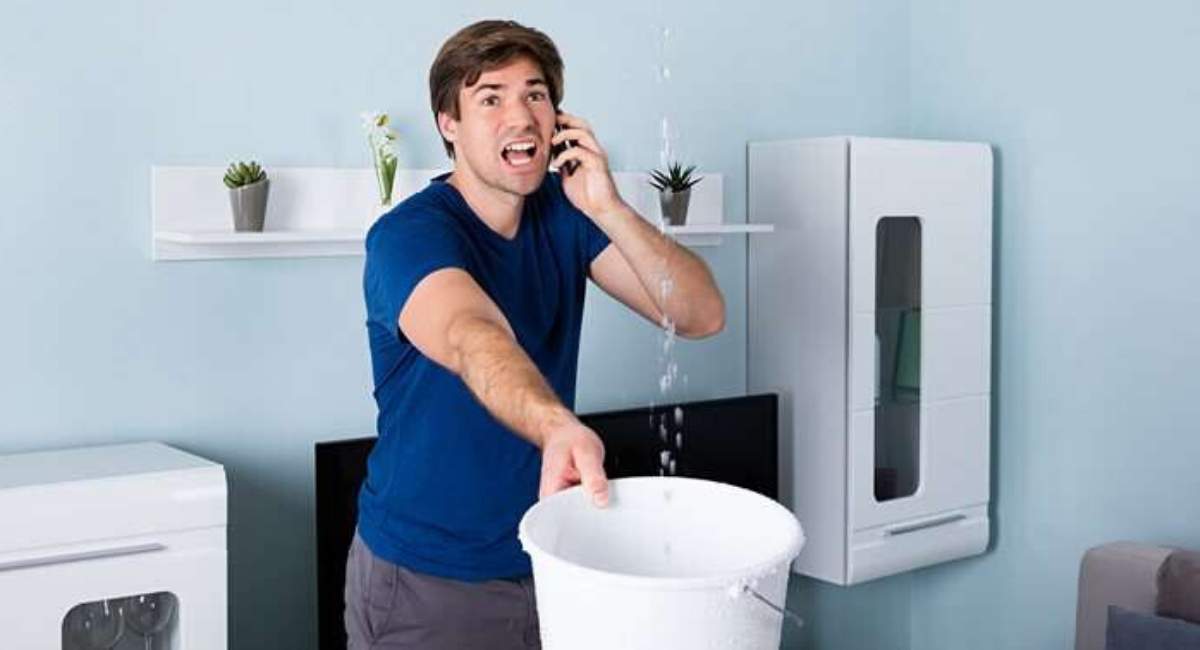Washing Machine Not Spinning: How to Repair?
The problem of the washing machine not spinning can seriously affect our daily lives at home. There are several common reasons for this issue. First, it is important to check the electrical connections and power source. Then, problems with the door lock or door gasket can be the source of the problem. Additionally, a motor malfunction or a broken belt can also cause the drum not to spin. You can follow these basic steps to identify and solve the source of the problem. However, in some cases, professional help may be required. By using this basic information to deal with the problem of the washing machine not spinning, you can resolve the issue quickly and effectively.
Diagnosing the Problem
The washing machine is an essential part of modern homes, greatly simplifying our daily lives. However, we may encounter issues such as the washing machine not working or the drum not spinning. When faced with such a problem, the first step is to diagnose the source of the issue. Here are the steps for diagnosing the problem:
Checking Other Functions:
Before you begin to find the root of the problem, check if the other functions of the washing machine are working properly. If the machine is performing other functions normally (taking in water, adding detergent, etc.), it indicates that the issue is related to the drum.
Electrical Connections:
The next step in finding the source of the problem is to examine the electrical connections. First, unplug the washing machine and ensure that the power outlet is in working condition. Also, inspect the machine's power cord. Check if the cord is broken, worn out, or damaged. Faulty electrical connections can cause the drum not to spin. Additionally, check the fuses and circuit breakers in your home. If a fuse has blown or a circuit breaker is tripped, it may be the reason for the machine not working.
Door Lock Issues:
The door lock is an essential component that enables the washing machine to operate. Ensure that the door is properly locked. Close the door and check if the lock mechanism is engaging properly. If the door doesn't close or if the locking mechanism is malfunctioning, it can lead to the drum not spinning. When you determine that the door lock is not functioning correctly, consider replacing or repairing it.
Motor and Belt Inspection:
When the drum isn't spinning, it's important to inspect the motor and belt. Check if the motor is running when you start the machine. If the motor isn't working, it may be faulty. Some washing machines use a belt to drive the drum. If this belt is broken or worn out, it can prevent the drum from spinning. Examine the condition of the belt and replace it if necessary.
Diagnosing the problem of the washing machine not spinning is the first step. Finding the source of the issue at this stage helps you solve it more quickly and effectively. If the problem remains unresolved after following these steps, you can proceed by following the steps in other subheadings. Keep in mind that in some cases, professional assistance may be required, and always prioritize safety.
User Manual and Technical Support
When you encounter a problem such as the washing machine not spinning, it is important to consult the User Manual and Technical Support services to find a solution. Here is detailed information on the process of diagnosing and resolving your issue using these resources:
User Manual Review:
Every washing machine comes with a User Manual to guide users on how to use the device correctly and effectively, providing step-by-step instructions. When faced with the problem of the washing machine not spinning, your first step should be to refer to the User Manual. The manual provides you with essential information on the causes and solutions of problems.
In the manual, you will typically find the following headings:
Troubleshooting: This section of the manual identifies common issues and explains how to resolve them. Not spinning of the drum is one of the issues addressed in this section. The manual offers step-by-step instructions for diagnosing the problem.
Maintenance Tips: The manual offers recommendations on how to perform regular maintenance on the washing machine. This maintenance can help extend the lifespan of your device and prevent issues.
Technical Specifications: It provides detailed information about your device's technical specifications and operation. These details can help you understand the fundamental reasons for your issue.
Technical Support Service:
While the User Manual is useful for simple problems, if your issue is more complex or not covered in the manual, you may need to seek assistance from a technical support service. Most washing machine manufacturers provide technical support to users, which can be offered via phone, email, or online chat.
The technical support team can help you understand your issue and provide necessary solution suggestions. Additionally, in some cases, they may offer technical service, meaning if you suspect the problem stems from the physical components of the device, you can call a service technician.
In conclusion, utilizing the User Manual and Technical Support resources to diagnose and resolve the problem of the washing machine not spinning is essential to ensure the longevity and efficient operation of your device. After attempting to address basic issues by reviewing the User Manual, turning to technical support can help you overcome more complex problems. This is an important step to maximize your device's performance and longevity.
Seeking Professional Assistance
Like any technological device, washing machines can encounter issues from time to time. Problems such as the drum not spinning or other functional issues are commonly faced by homeowners. When faced with such situations, many people attempt to resolve the issue on their own. However, in some cases, seeking professional assistance may be a smarter option.
Why Professional Assistance Might Be Necessary?
Complex Issues: Some washing machine problems are complex, requiring expertise to identify and resolve the underlying causes. Especially in cases where electrical or mechanical components are malfunctioning, the intervention of an expert may be necessary.
Safety: Working with the components inside a washing machine involves proper shut-down of the device and electricity. Incorrect handling of these tasks can jeopardize personal safety. Professional service technicians have received training in performing these tasks safely.
Warranty and Insurance Protection: Many washing machines provide protection against various issues within the warranty period. If your washing machine is still under warranty, the intervention of professional service technicians can help you comply with warranty terms.
Advantages of Professional Assistance
Accurate Diagnosis and Repair: Professional technicians can quickly and accurately diagnose the issue with the washing machine. This helps you understand what the problem is and find a speedy solution.
Access to Spare Parts: Professional service providers have access to necessary spare parts. This makes it easier to replace faulty components and ensures a faster repair of your device.
Efficient Repair: Professional technicians ensure that the washing machine is repaired efficiently. This helps your device have a longer lifespan and prevents future problems.
Time and Energy Savings: Trying to resolve issues on your own can be time-consuming and stressful. Professional assistance saves you time and energy.
Guarantee: Professional services typically offer a certain warranty period for your repaired appliance, providing extra assurance against potential issues.
In conclusion, seeking professional assistance to deal with washing machine problems is often the best option. This provides a fast, safe, and effective solution, ensuring your device's longevity and smooth operation. The experience and expertise of professional service technicians can help you overcome washing machine issues and ensure the uninterrupted flow of daily life in your home.








